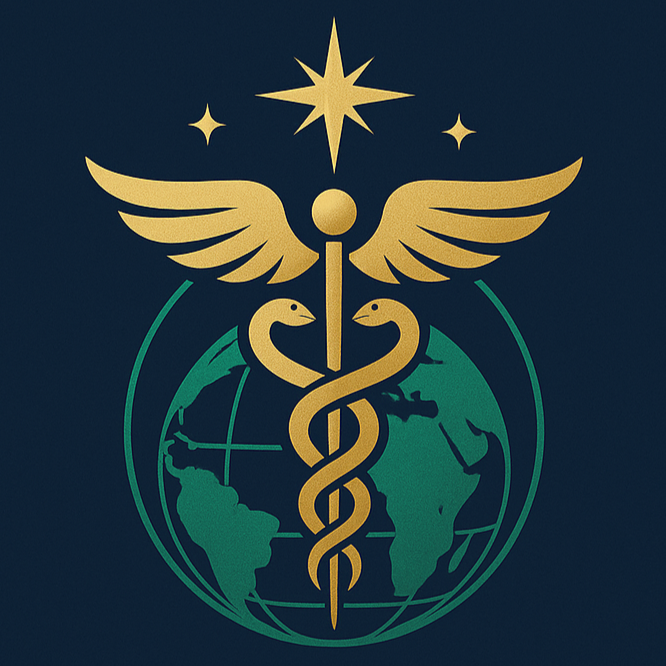HSCT 白血病之造血幹細胞移植
造血幹細胞移植 (HSCT) 有助改善血液惡性腫瘤及部分實體腫瘤(包括高復發風險或已復發的患者);亦能運用在挽救骨髓衰竭患者的預後。
HSCT 適合血液惡性腫瘤、實體腫瘤與骨髓衰竭患者
患有血液惡性腫瘤(包括非何杰金氏淋巴瘤、何杰金氏淋巴瘤、急性骨髓性及淋巴性白血病,以及骨髓增生異常症候群)及骨髓衰竭(如重度再生不良性貧血) 的患者,可能需要高劑量治療後進行自體或異體造血幹細胞移植,以控制甚至治癒疾病。此外,部分實體腫瘤患者(如腦瘤與生殖細胞瘤)也可能需要高劑量治療後進行自體造血幹細胞移植來挽救病情。
治療特色
除了自體移植外,異體移植的來源主要為家人或非親屬捐贈者,包括人類白血球抗原(HLA)配對完全或不完全(例如半相合)的捐贈。使用的造血幹細胞類型包括骨髓、周邊血幹細胞及臍帶血。
治療療程
- 移植前評估包括病患疾病狀況(先前治療及病情進展)與共病狀態:如心肺功能測試、自體移植則需評估幹細胞的數量與儲存狀態、異體移植則需評估捐贈者的可用性與HLA配對情況。
- 需選擇合適的預處理(調理)方案(降低強度或骨髓清除性)與幹細胞類型。
- 除免疫缺陷患者外,大部分病人皆需接受先行的處理療程(高劑量化療與/或全身照射),在異體移植期間還需使用預防急性移植物抗宿主病(GvHD)的藥物。
- 造血幹細胞通常於層流空氣室內輸注。
- 移植後,患者會接受輸血與支持性治療,包括粒細胞刺激因子(G-CSF)、抗生素以及周邊靜脈營養等。
HSCT 療法相關風險與併發症
早期併發症(移植後30–60天內)
出血性膀胱炎
血管內皮損傷:
- 肝靜脈閉塞症
- 毛細血管滲漏症候群
- 植入症候群
- 瀰漫性肺泡出血
- 移植相關血栓性微血管病變
- 特發性肺炎症候群
免疫低下之感染
細菌感染、黴菌感染、病毒感染
移植物抗宿主病(GvHD)
急性GvHD或慢性GvHD
晚期後遺症
生育能力與性腺功能障礙

